- Overview & Types
- Symptoms & Diagnosis
- Treatment
- Living With
- Related Conditions
- Type 2 Diabetes
- Type 1 Diabetes
- Gestational Diabetes
- Appointment Prep
- View Full Guide
Best Diets When You Have Diabetes


Check All the Boxes
The right diet will help you control your blood sugar, get a handle on your weight, and feel better. Several well-known and popular eating plans may give you the road map to do just that. You'll want to choose something you can follow, with foods you like, so you can stick with it.

Start With the Basics
Watch your portion sizes and calories. Cut back on fried foods, sweets, sugary drinks, and anything salty or fatty. Focus instead on lots of veggies, with whole grains, lean protein, low-fat dairy, fruit, and healthy fats. You may need to eat every few hours to keep your blood sugar levels steady. Your doctor or diabetes educator can help you fine-tune a diet so it works for you.
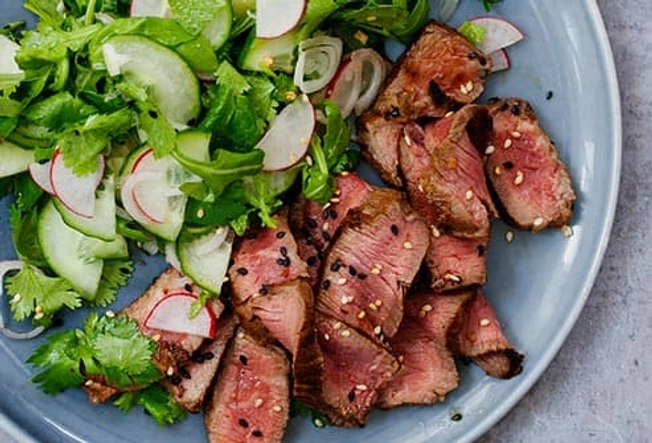
Low-Carb
You don't have to give up carbohydrates because you have diabetes. If you want to try a diet that limits them, like Atkins or South Beach, talk to your doctor about it. Research on the benefits of low-carb diets for type 2 diabetes is still mixed. But a review written by 25 leading experts says this style of eating should be the first step in managing the disease, since it can "reliably reduce high blood glucose."
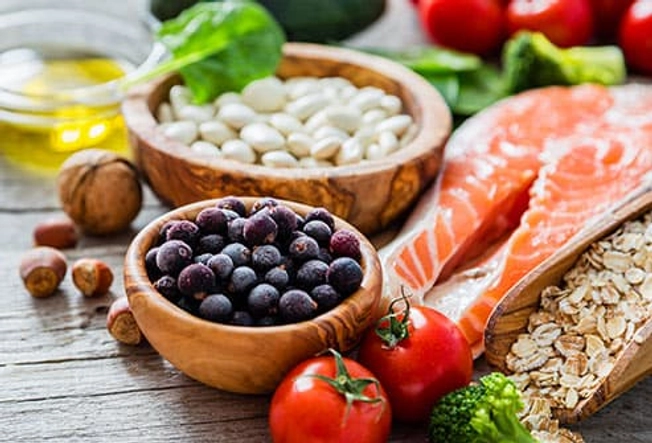
Mediterranean Diet
This heart-healthy diet uses lots of fruits and veggies as well as fish, chicken, nuts, olive oil, legumes, and whole grains. What you won't eat often: Red meat, butter, and salt. Studies have shown the diet can help keep blood sugar levels under control. You can have wine with meals, but the American Diabetes Association recommends no more than one drink per day if you're a woman, two if you're a man.
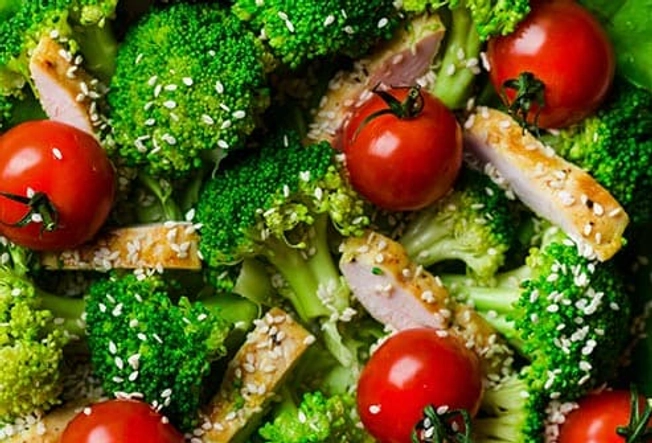
DASH
Nutrition experts recommend this eating plan, designed to help lower blood pressure, to lots of people because it emphasizes fruits, vegetables, low-fat dairy, whole grains, lean meats, fish, nuts, and beans. (It does allow for some sweets, too. You should eat those in moderation.) A 2011 study found that it can improve insulin sensitivity when it's part of an overall weight loss program with exercise.

The Zone Diet
Its goal is to keep blood sugar levels stable. Meals are 40% carbs, 30% protein, and 30% fat. Carbs are ranked as good or bad based on the glycemic index. You'll have foods like chicken and barley, but not potatoes and egg yolks. A 2015 study found it had a positive effect on glycemic control and waist size, so it may be a good choice. Ask your doctor about it.
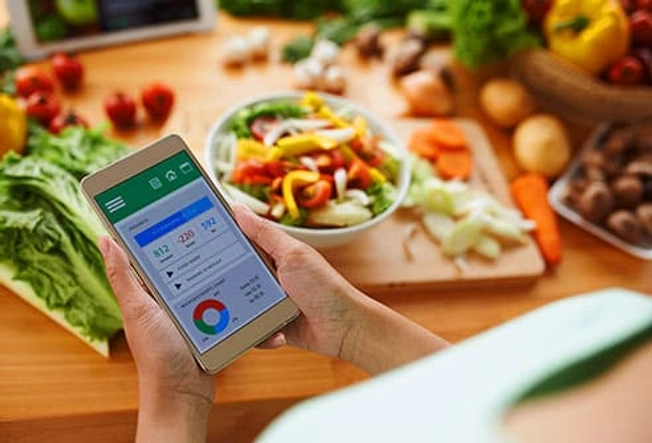
Weight Watchers
You get a set number of points to "spend" as you eat. Most vegetables have zero points, so you can eat as much of them as you like, while fast foods and desserts are assigned high point values. Studies say it's effective. And the company offers a program for people with type 2 diabetes that includes fitness advice and support from a counselor with expertise in treating the disease.

Prepackaged Diet Meals
Whether you have them delivered to your home or pick them up at a grocery store, there's a huge variety of ready-made meals out there. Be careful: They can have very long lists of ingredients, and they aren't always diabetes-friendly. Some brands, like Nutrisystem and Jenny Craig, do offer meals tailored for diabetes. Talk to your doctor to help narrow down your choices.

Paleo
The idea behind this trendy diet is to eat the way early humans did before modern farming, when we were hunter-gatherers. That means no dairy, refined sugar, grains, or legumes, and no processed vegetable oils like soybean oil or canola oil. You can have fruits and veggies, lean meats (preferably grass-fed), fish, nuts, and seeds. Small studies show this eating strategy can improve blood sugar and diabetes.
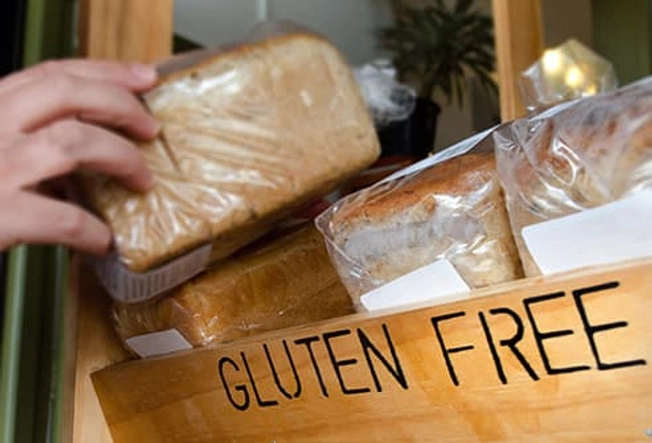
Gluten-Free
Gluten is a protein found in grains including wheat, rye, and barley. People with digestive disorders like celiac disease need to avoid it. Popular belief is that going gluten-free will help you lose weight, improve digestion, and boost energy. But these claims aren't backed up by science. Plus, gluten is in everything from salad dressing to vitamins. There's no need to follow this diet unless your doctor advises it.
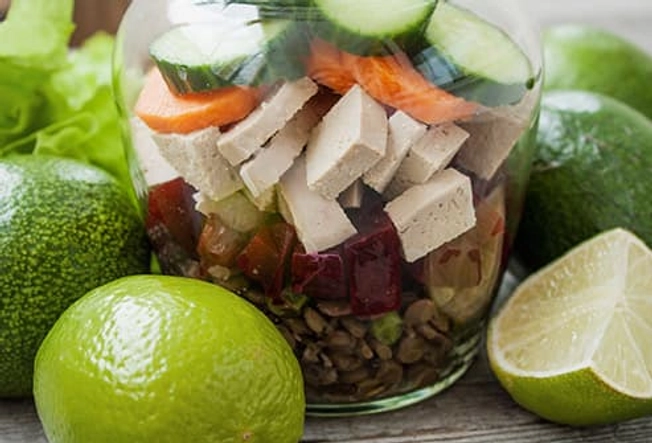
Vegetarian and Vegan
Limiting or avoiding animal products like chicken, fish, and yogurt can be a healthy way to eat. Just get plenty of fresh produce and other whole foods, as opposed to gorging on meatless "chicken" nuggets out of a box. Research shows that people who eat a plant-based diet get more fiber and take in less calories and fat than nonvegetarians. Be sure, though, to consult with you registered dietician to ensure you vegan or vegetarian diet meets your nutritional needs.
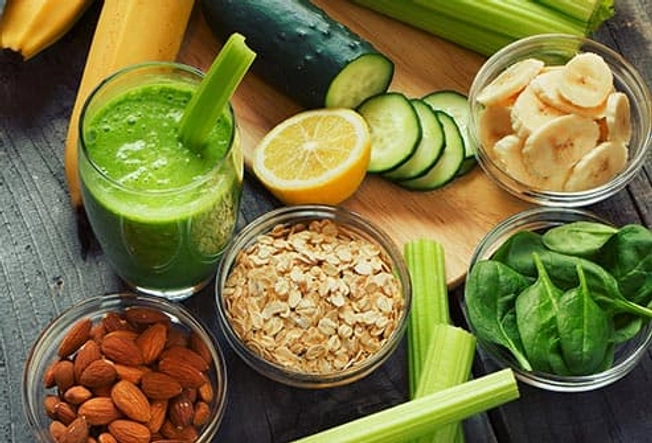
Raw Foods
People who follow this diet believe that high cooking temperatures destroy vital nutrients in food. They eat lots of fresh produce, seeds, and nuts, and they make meals with the help of gadgets like blenders and dehydrators. Although eating this way is likely to help you lose weight, there's no evidence it does anything to improve diabetes symptoms. The bottom line: There are healthier, more effective diets out there.
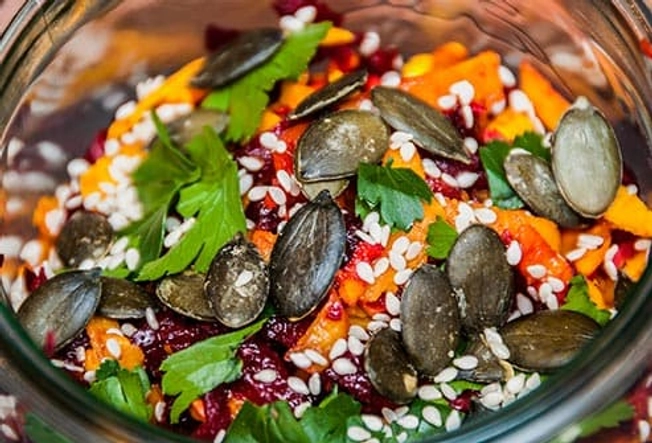
Alkaline Diet
The theory behind this diet is that foods like wheat, meat, and sugar make your body more acidic, which can lead to long-term diseases. Foods like vegetables and seeds, on the other hand, can shift your body chemistry and make it more alkaline, helping you slim down and stay healthy. There's very little research to back these ideas up, so pass on this one for now.

Fasting or Intermittent Fasting
All of the different fasting diets out there are based on the thinking that taking an occasional break from eating could help you lose weight and possibly fight off chronic disease. But going without food for too long can be dangerous for someone with diabetes. It can lead to problems like low blood sugar and dehydration.